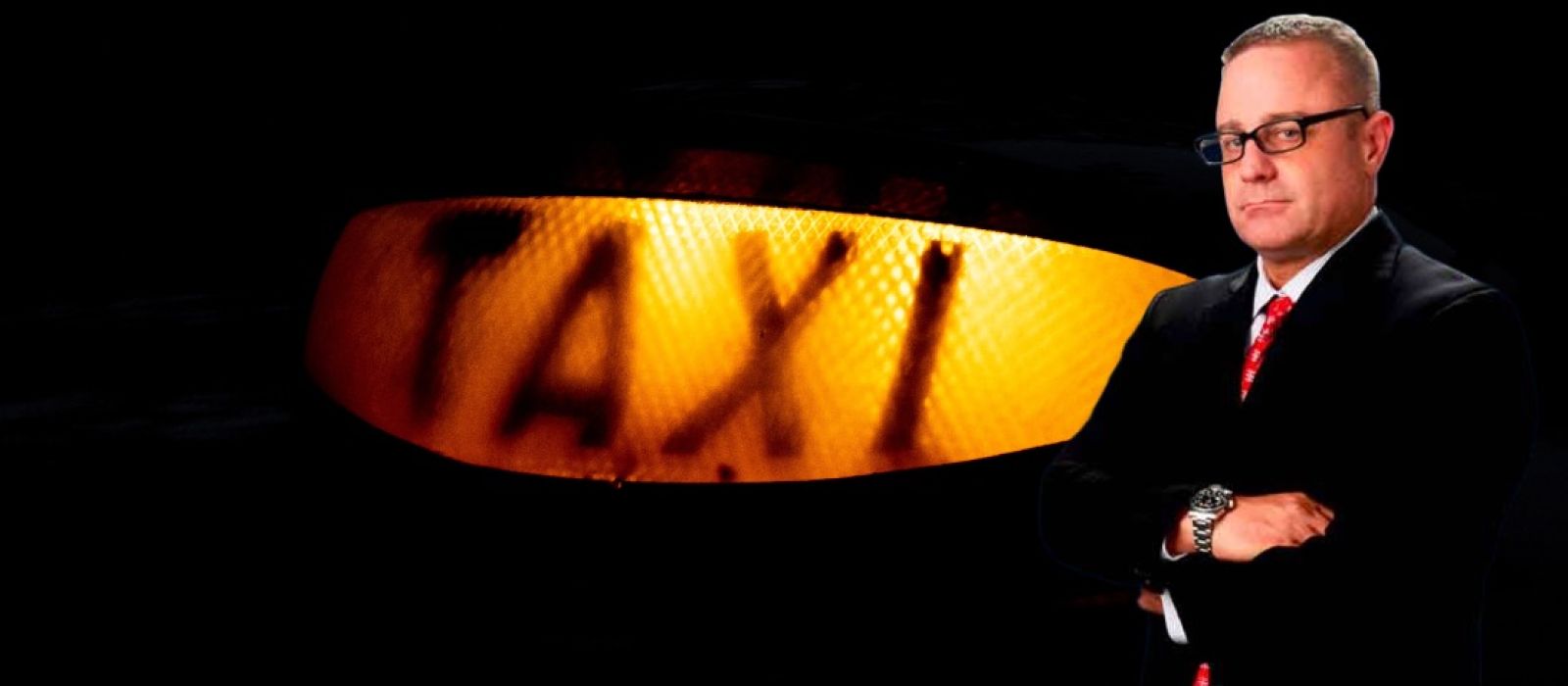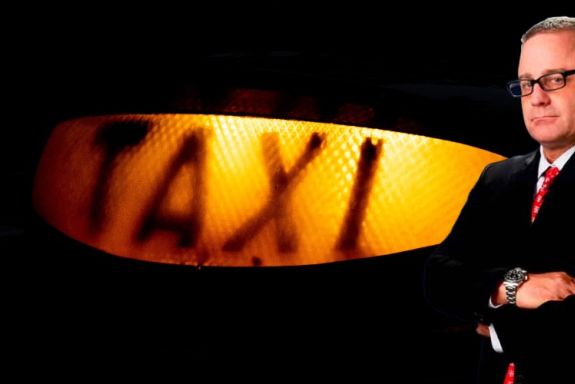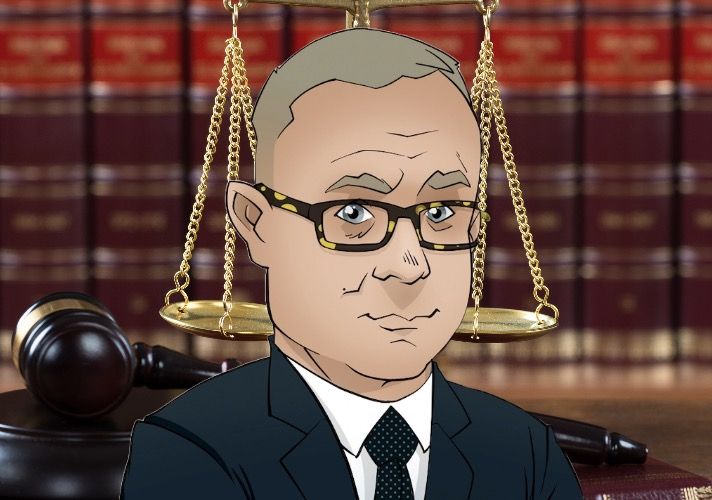If we don’t win, you don’t pay.
NO WIN – NO FEE

ON CALL 24/7

U.S. Marine

If you or a loved one was injured in a California Cruise self-driving car accident, look to Ehline Law. Our lawyers are devoted to holding GM’s Cruise Robotaxi company accountable for causing injuries and death due to negligence. This could mean suing over defective autonomous systems that malfunction, hidden and latent vehicle defects, and other safety issues inherent in robots/drones.
We have no qualms about fighting deplorable big tech and other Fortune 500 companies. Our top team of car accident lawyers will fight hard to get you the maximum compensation you deserve under California law. Our Robotaxi accident attorneys have a proven track record of success, and we’ve recovered millions of dollars in damages and other losses on behalf of seriously injured victims. Contact our local law offices today for a free consultation by dialing 9213) 596-9642.
What is Cruise?
Cruise Technology, also called Cruise, is a subsidiary of General Motors. It focuses on developing autonomous (self-driving) vehicle technology. Cruise was founded in 2013 and had been working on creating advanced systems and software that enable vehicles to operate without human intervention. Cruise aims to design and deploy self-driving vehicles that can navigate safely and efficiently on public roads, contributing to the future of transportation.
Cruise is among the many companies working on autonomous vehicle technology, aiming to make transportation safer and more convenient while reducing congestion and environmental impact.
Cruise Technology includes a comprehensive suite of advanced systems, software, and hardware designed to enable self-driving capabilities in vehicles. These components work together to allow vehicles to navigate, perceive their environment, and make decisions without human intervention.
Here are some key elements typically included in Cruise Technology:
- Sensors: Cruise vehicles have various sensors that gather information about the vehicle’s surroundings. These sensors include radar, lidar, cameras, and ultrasonic sensors. They provide essential data to the vehicle’s computer system, allowing it to understand its environment in real time.
- Computer Systems: Cruise vehicles have powerful onboard computers that process sensor data and run complex algorithms. These algorithms help the vehicle make decisions about navigation, obstacle avoidance, lane changes, and more.
- Mapping and Localization: Cruise vehicles use high-definition maps and GPS data to understand their precise location and surroundings. This helps the vehicle navigate accurately and make informed decisions.
- Artificial Intelligence (AI): AI is at the core of Cruise’s technology. The AI system processes data, learns from it, and adapts to various scenarios. This enables the vehicle to handle diverse driving conditions and situations.
- Control Systems: Cruise vehicles have advanced control systems that manage acceleration, braking, and steering based on the data from sensors and AI algorithms.
- Communication: Vehicles in a self-driving fleet often communicate with each other and central control systems. This communication enhances safety and coordination, especially in complex traffic situations.
- Safety Measures: Safety is a top priority in self-driving technology. Cruise vehicles incorporate redundancy in critical systems, fail-safe mechanisms, and advanced collision avoidance technologies to prevent accidents.
- Testing and Simulation: Cruise Technology undergoes extensive testing and simulation before deployment on public roads to ensure the software and hardware can safely handle a wide range of scenarios.
- Regulatory Compliance: Cruise works to meet legal and regulatory requirements for self-driving vehicles in different regions where they operate.
- Continuous Improvement: Cruise’s technology is continually updated and refined based on real-world testing and feedback. This iterative process helps the technology become safer and more reliable over time.
Cruise Technology is a sophisticated system of different parts that work together to make cars able to drive themselves. The goal is to improve road safety, make driving more convenient, and increase traffic efficiency. However, the California Department of Motor Vehicles (DMV) has looked into some “recent concerning incidents” involving autonomous vehicles made by General Motors’ Cruise unit in San Francisco. They’ve asked Cruise to take half its active fleet off the streets.
The DMV’s request came after a Cruise self-driving taxi got into a crash with an emergency vehicle in San Francisco. This isn’t the first time driverless cars have been in accidents. The DMV wants Cruise to reduce the number of self-driving taxis by half while they figure out what happened at the emergency scene and how to make the technology safer. Cruise has agreed to do this while authorities are investigating recent concerning incidents.
The DMV also said that if they discover the self-driving technology is too risky for public safety, they might stop Cruise is testing or using their self-driving cars altogether.
Cruise explained that their self-driving car was driving through an intersection with a green light, and it got hit by an emergency vehicle with its lights and siren on. The self-driving car tried to slow down and avoid the crash but couldn’t do it in time. Let’s see what our top lawyer has learned about this.
What Does the San Francisco Police Department Say?
The police investigation mentioned that the collision occurred when a fire truck responded to an emergency, and its red lights and siren were on. The only person in the self-driving car got minor injuries and was taken to the hospital.
Limited Exception?
Recently, the California Public Utilities Commission (CPUC) allowed entire self-driving Cruise Robotaxis taxis and Alphabet’s Waymo to operate all day and charge passengers for rides in San Francisco, even though many locals were against this decision due to poor road safety.
Are Cruise Autonomous Vehicles Not Ready?
Maybe not. San Francisco City Attorney David Chiu even asked the CPUC to reconsider their decision because he thinks the technology isn’t ready yet and has caused problems for first responders. He believes expanding self-driving taxis without more testing could harm the city. Many personal injury lawyers agree.
Only a handful are projected to make significant progress in the race to develop self-driving cars shortly. For instance, Ford and Volkswagen have decided to end their collaboration with Argo AI, a company working on autonomous driving technology. Waymo, of Google fame, has reportedly reduced the scope of its self-driving operations.
Cruise has encountered positive and negative feedback for spending potentially billions and not progressing as swiftly as anticipated. The company’s slow pace and substantial financial expenditures have drawn attention and raised concerns within the industry and the state.
How Cruise Self-Driving Cars Work
Cruise self-driving cars operate through a combination of advanced technologies that work together to enable autonomous driving. These technologies allow vehicles to navigate, perceive their surroundings, and make decisions without human intervention. Here’s an overview of how Cruise self-driving cars work:
- Sensors: Cruise vehicles have various sensors, including radar, lidar, cameras, and ultrasonic sensors. These sensors collect data about the car’s environment, such as the positions of other vehicles, pedestrians, traffic signals, and road markings.
- Data Processing: Data collected by sensors is sent to onboard computers that process the information in real time using sophisticated algorithms to interpret the sensor data. Ultimately, they create a detailed AI understanding of the car’s surroundings.
- Mapping and Localization: Cruise self-driving cars rely on high-definition maps and GPS data to accurately locate themselves on the road and know where they are and where they must go.
- Artificial Intelligence (AI): AI plays a central role in self-driving technology. The onboard AI system uses processed sensor data and maps to decide how the car should move. It analyzes traffic conditions, predicts the behavior of other road users, and plans safe routes.
- Control Systems: Based on the decisions made by the AI, the control systems of the car manage acceleration, braking, and steering. These systems work together to navigate the vehicle through traffic safely.
- Communication: Cruise vehicles may communicate with each other and central control systems. This communication enhances safety by sharing information about road conditions and potential hazards.
- Safety Measures: Self-driving cars are designed with safety as a top priority. They incorporate redundancy and fail-safe mechanisms to ensure the vehicle responds appropriately to unexpected situations.
- Testing and Simulation: Cruise self-driving cars undergo extensive testing in real-world and simulated environments before being deployed on public roads. This helps identify and address any potential issues or challenges.
- Continuous Learning: Cruise vehicles learn from their experiences on the road. Data from each trip is used to improve the AI algorithms, enhancing the car’s ability to handle various driving scenarios.
- Regulatory Compliance: Cruise follows regulations set by authorities to ensure the safe operation of self-driving cars and works closely with regulators to meet safety standards and obtain necessary permits.
In summary, Cruise self-driving cars integrate cutting-edge sensor technology, AI, mapping, and control systems to enable safe and autonomous driving. These vehicles are supposed to improve road safety in complex traffic situations. This car is also supposed to avoid obstacles and provide a safer and more efficient driving experience for the passenger.
Liability for Cruise Self-Driving Car Accidents in California
Liability for self-driving car accidents in California, including those involving Tesla and Cruise self-driving cars, can be complex and depends on various factors.
Here’s an overview of the liability considerations:
- Driver vs. Technology: Determining liability in self-driving car accidents often involves assessing the role of the human driver (if present) and the autonomous technology. If the self-driving system was responsible for the accident due to a malfunction or error, the technology developer (such as Cruise bears some liability. For example, residents and others can face serious injuries or death if the vehicle runs a red light or stopped at a green light.
- Product Liability: A product liability claim may arise if the accident was caused by a defect in the self-driving technology or its components. In this case, the manufacturer or developer of the self-driving technology could be held accountable for injuries and damages caused by the defect in active operations.
- Human Intervention: When a self-driving car’s technology prompts the human driver to take control and fails to intervene, the technology developer and the human driver might share a portion liability.
- Negligence: Liability might also be determined based on negligence. If a human driver fails to take over control of the vehicle when required or if another driver’s actions lead to an accident involving a self-driving car, traditional negligence principles may apply.
- Regulatory Compliance: If the self-driving car is not compliant with relevant regulations or safety standards, liability may fall on the manufacturer, technology developer, or operator for failing to meet required safety guidelines, etc.
- Shared Responsibility: California uses a comparative negligence system. Hence, liability can be shared among multiple parties based on their apportioned degree of fault. This could include the self-driving technology provider, the human driver(s), transportation companies, etc.
- Insurance Coverage: Liability insurance coverage for self-driving cars can be complex. Traditional auto insurance policies might not adequately cover self-driving technology failures or unique circumstances involving autonomous vehicles.
- Legal Precedents: As self-driving technology is relatively new, legal precedents are still developing. Courts will likely consider previous cases, regulations, and industry standards when determining liability in the future. Ehline Law Firm is an expert in this new field.
Every self-driving car accident is unique, and liability determinations will depend on the circumstances. If you’re involved in a self-driving car accident, consult an experienced attorney specializing in autonomous vehicle accidents at Ehline Law Firm. We will answer your important questions and help you understand your rights. Once you’ve reported your side, we can assess liability and pursue appropriate legal action via our services if needed, one passenger or pedestrian at a time.
Contact a Cruise Self-Driving Robotaxi Accident Lawyer Today
Cruise self-driving vehicles are the subject of questionable accidents. They may make the roads safer in the future. But for now, Ehline Law is well-prepared to hold Cruise accountable and protect the rights of injury victims. Our talented team of professionals can help you obtain compensation for lost wages, pain and suffering, and maybe punitive damages. Contact us today to learn how we can help by dialing (213) 596-9642.



